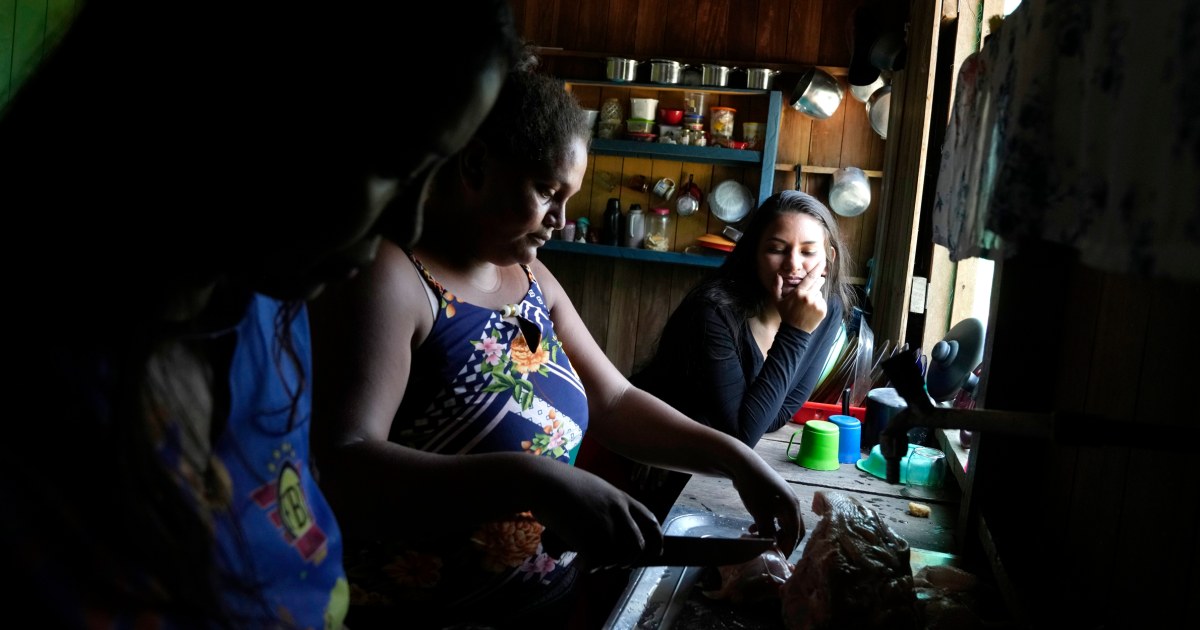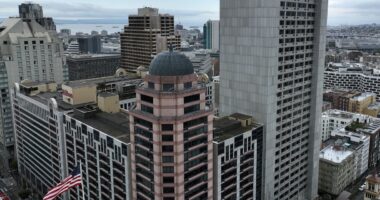
But outside these reserves, in many places, people take orders from self-appointed landowners, Campos-Silva said. Entire communities are denied access to lakes, even to fish to feed their families. People don´t own the land, and they don’t know who does.
“We started thinking that it might be interesting to design a conservation model based on a basin scale,” where communities could harvest forest produce and fish and protect the forest, instead of moving to the city or resorting to illegal activities, such as unlicensed logging and overfishing.
So they created the non-profit Juruá Institute and purchased a 13 km (8 miles) rainforest property along the Juruá River. It includes about 20 lakes, some with good potential for raising prized pirarucu, the world’s largest freshwater scale fish, which can reach up to 200 kilos (440 pounds).
The goal, Campos-Silva said, is to promote high-quality science, grounded in working together with the region’s people.
In the vicinity of the Institute’s land there are 12 communities of former rubber-tappers. Brazilians call them “ribeirinhos,” or river people, as distinguished from Indigenous residents.
In the past, the chance to make a living from rubber trees drew their grandparents to the Amazon. Nowadays the main revenue comes from pirarucu. Controlling that fishery has proved to be sustainable, reviving a species that was in decline and generating income without the need to clear the forest, with all that means for loss of biodiversity.
The Amazon rainforest, covering an area twice the size of India, also holds tremendous stores of carbon and is a crucial buffer against climate change. Driven by land-robbers, deforestation surged to a 15-year high in recent years while Jair Bolsonaro, who left office in January, was president. Destruction in the eastern Amazon has been so extensive that it has become a carbon source, rather than a carbon sink.
To involve the riverine communities in governance, the institute set up a steering committee and launched a series of public meetings called “community of dreams,” where people could prioritize the improvements they want most.
To avoid potential gender and age biases, they worked in three groups — women, youth, and men, said Campos-Silva.
The president of the river communities’ association, Fernanda de Araujo Moraes, said the main purpose is to prevent river people from moving to Amazon cities, where unemployment among low-skilled people is rampant and violence is widespread, thanks to drug-trafficking.
In her own community of Lago Serrado, where 12 families live in stilt houses, both the women and men listed 24-hour electricity as their top priority. Currently, it’s only available three hours a day. The youths chose fishing training.
Moraes believes this kind of collaboration is the fastest route to progress. “We want to improve people’s lives and the Institute wants the same thing,” she said, seated on the floor of her house, tending to her infant daughter. The government, she said, is not always on the same page.
Source: | This article originally belongs to Nbcnews.com










